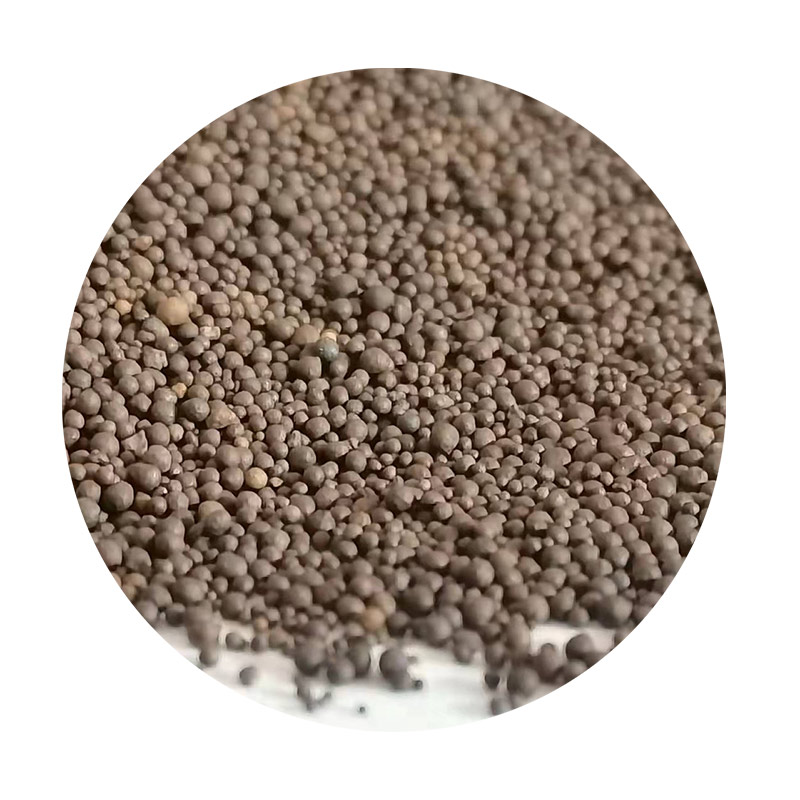Understanding Resin Coated Sand Pricing Factors and Trends
Resin coated sand has become an essential material in the foundry industry, particularly in the manufacturing of high-quality metal castings. Its unique properties, which include improved mold strength and superior surface finish, have made it the preferred choice for many metal casting applications. However, the pricing of resin coated sand is complex and influenced by a variety of factors that are important to understand for those in the industry.
What is Resin Coated Sand?
Resin coated sand is produced by coating silica sand with a thermosetting resin, typically phenolic or furan resin. This process enhances the sand's performance in the casting process, allowing for finer details and better dimensional accuracy. The resulting molds and cores made from resin coated sand are often used in critical applications, including automotive and aerospace components, where material integrity is paramount.
Factors Influencing Pricing
1. Raw Material Costs The primary components of resin coated sand are silica sand and resin. Fluctuations in the prices of these raw materials significantly impact the overall cost. For instance, if the demand for silica sand rises due to increased construction activity or other industries, the price can increase, affecting resin coated sand pricing. Similarly, variations in oil prices can impact resin costs since many resins are petroleum-based.
2. Manufacturing Process The production of resin coated sand involves several steps, including sand drying, coating, and curing. The complexity of these processes and the technology used can influence costs. Facilities that invest in advanced technology to enhance production efficiency may have different pricing strategies than those using traditional methods.
resin coated sand price

3. Geographic Location The location of both the production facility and the customer can affect pricing. Shipping costs can be a significant factor, especially if the resin coated sand is sourced from distant manufacturers. Additionally, regional demand and local market conditions also play a role in setting prices.
4. Quality and Specifications The specific requirements of customers can lead to variations in pricing. High-performance resin coated sand, which meets stringent specifications for certain applications, is typically more expensive than standard grades. Clients requiring tailored solutions, such as specific grain sizes or resin types, may also face higher costs.
5. Market Demand and Competition The overall demand for resin coated sand in various industries, including automotive, aerospace, and general manufacturing, can lead to price fluctuations. A surge in manufacturing and construction activities tends to increase demand, driving prices higher. Conversely, a slowdown in these sectors can result in lower prices. Furthermore, competition among manufacturers can also impact pricing strategies, with some companies undercutting prices to gain market share.
Current Trends and Future Outlook
As of 2023, the resin coated sand market has shown robust growth driven by rising production levels in the automotive and aerospace industries. Analysts predict that this trend will continue, albeit at a rate influenced by global economic conditions and technological advancements in sand casting processes. Additionally, sustainability concerns are leading to innovations, including the development of eco-friendly resins, which may also affect pricing dynamics in the future.
In conclusion, the pricing of resin coated sand is shaped by a multitude of factors including raw material costs, manufacturing processes, geographical influences, quality specifications, and market demand. Understanding these dynamics is crucial for businesses and professionals in the foundry industry to navigate pricing strategies effectively and maintain competitiveness in an evolving market.
Post time:Dec . 12, 2024 11:23
Next:metal sand casting process
